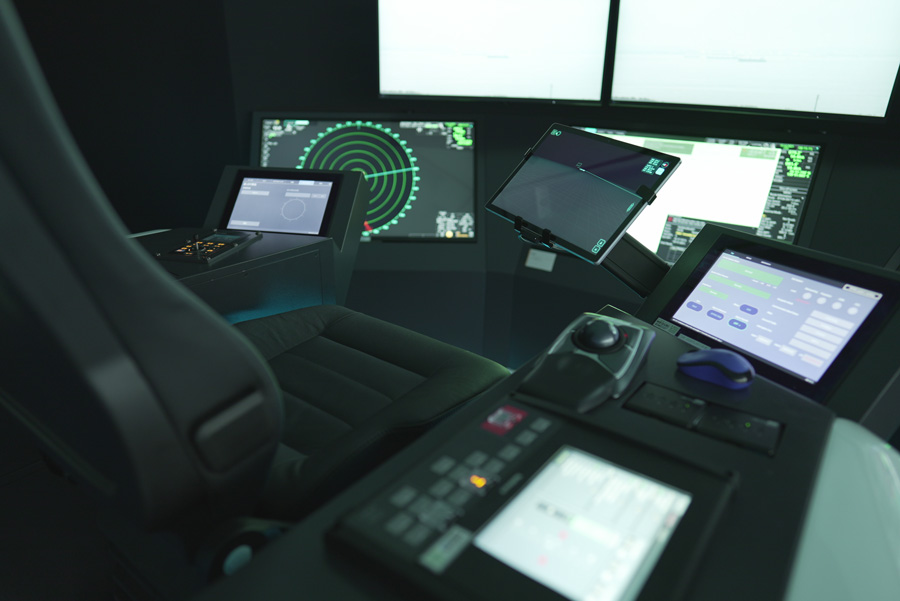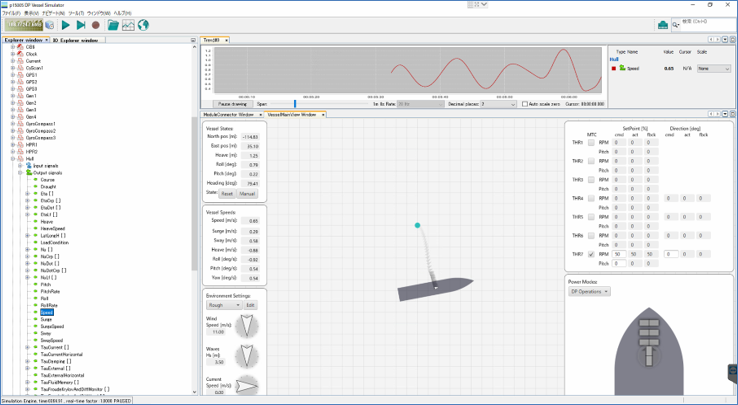Autonomous Ships
Background
About 80% of maritime accidents globally are caused by human error. This is largely due to decreased maneuverability caused by trends such as larger ship sizes, increased cargo volumes, and greater congestion. In addition, the global shortage of seafarers is expected to reach 8.8% in 2023, reaching a record high (reference: Nihon Keizai Shimbun, August 1, 2023).
In Japan, a 30% shortage of seafarers compared to the current situation is estimated for 2040, while the Cabinet Office’s Logistics Innovation Urgent Package proposes promoting a modal shift from truck transportation to maritime and rail transportation to stabilize logistics.
In addition, the International Maritime Organization (IMO) is also working on the preparation of requirements for autonomous ships, known as MASS (Maritime Autonomous Surface Ship) code. The non-mandatory code is scheduled to come into effect in 2026, with the mandatory code following in 2032.
Under these external circumstances, the necessity of developing autonomous ships is increasing. Many R&D projects have already been launched in countries such as Norway, China, South Korea, Singapore.
Goal
- Realizing a society where autonomous ships are widely used
- Establishing system integration methods: simulation, model-based development
- Developing autonomous ship system and establishment of a verification method (V-Process)
- Standardization of autonomous ship technologies
Expected Deliverables
- Conceptual design of autonomous ships: control structure, functional flow, risk assessment based on models
- Elemental technologies for realizing autonomous ships: target detection, situation analysis, collision avoidance planning and control, ship-to-shore communication and verification methods, advanced remote monitoring of engines and machinery
- Various regulations (laws, rules, technical standards, etc.) necessary for social acceptance of autonomous ships
- Education programs for stakeholders of autonomous ships


